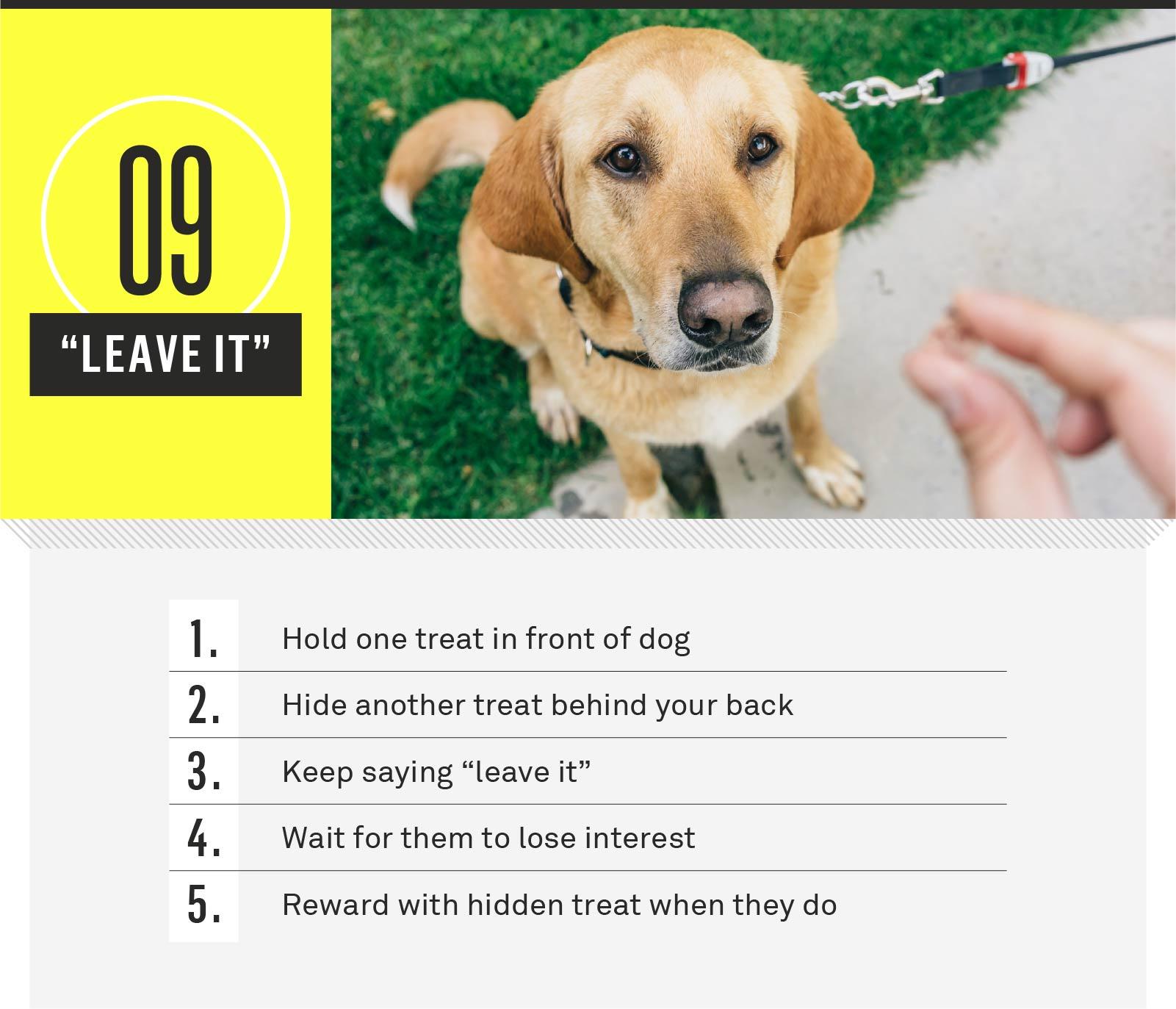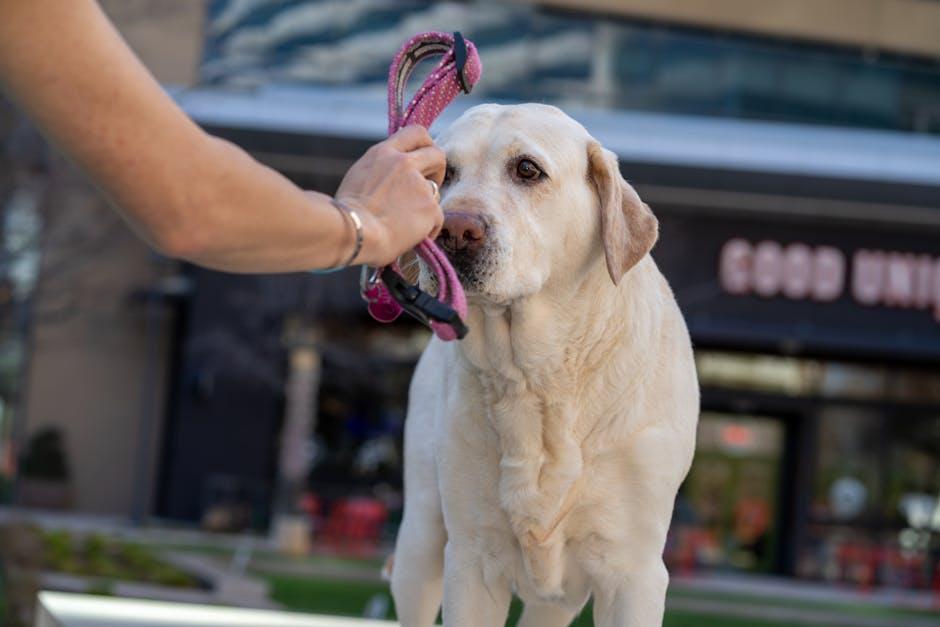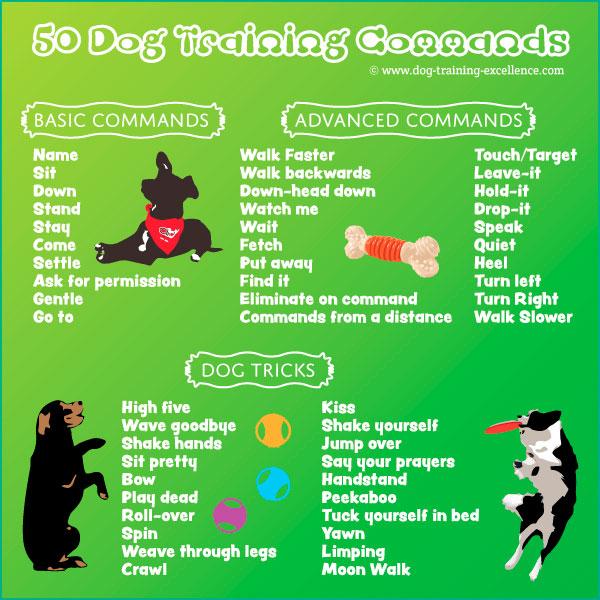Welcoming a furry friend into your home is an exciting journey filled with love, laughter, and a few challenges along the way. As any seasoned pet owner will tell you, establishing a foundation of good behavior is crucial to ensuring a harmonious relationship with your canine companion. Training your dog is not just about teaching them to follow commands; it’s about fostering a deep bond built on trust, respect, and communication. In this article, we’ll explore the essential commands every dog should know, offering practical tips and insights to help you guide your pet towards becoming a well-mannered member of the family. Whether you’re a first-time dog owner or looking to brush up on your training techniques, these foundational commands will pave the way for a happy and balanced life together.
Mastering the Basics Essential Commands for a Well-Behaved Dog
Teaching your dog basic commands is the cornerstone of building a strong, trusting relationship. Not only does it make your daily interactions smoother, but it also ensures your dog’s safety and happiness. Start with the essentials to lay a solid foundation for more advanced training. Here are a few commands every dog should know:
- Sit: The sit command is fundamental and often the first command taught. It helps calm your dog and is a great starting point for other commands.
- Stay: Essential for safety, teaching your dog to stay can prevent accidents and keep them out of trouble.
- Come: This command is vital for recall and ensures that your dog returns to you when called, regardless of distractions.
- Leave it: This can prevent your dog from picking up harmful objects or getting into dangerous situations.
- Down: Encourages calm behavior and can be useful in situations where your dog needs to settle quickly.
Consistency is key, so practice these commands regularly in various environments. Remember to use positive reinforcement, like treats or praise, to motivate and reward your dog for their successes. With patience and persistence, you’ll be on your way to a well-behaved canine companion.

Building Trust Teaching Commands that Strengthen Your Bond
Teaching your dog commands isn’t just about obedience; it’s a journey of building mutual respect and trust. By incorporating commands into your daily routine, you create opportunities for your dog to understand and anticipate your expectations, fostering a deeper connection. When your dog responds to commands, it’s not merely following orders; it’s engaging in a two-way conversation where both of you learn to rely on each other.
Here are some commands that can help strengthen this bond:
- Sit: A foundational command that helps establish a calm and controlled environment.
- Stay: Enhances patience and trust, teaching your dog to remain in place even when tempted to move.
- Come: Encourages a sense of security, knowing that returning to you will always be safe and rewarding.
- Leave it: Builds impulse control and shows your dog that listening to you brings positive outcomes.
When teaching these commands, consistency is key. Reward your dog with treats, affection, or playtime to reinforce positive behavior. Over time, you’ll notice how these simple interactions transform into meaningful moments that solidify your bond, creating a harmonious life together.

Safety First Life-Saving Commands Every Dog Should Learn
Incorporating essential commands into your dog’s training routine can be a game-changer, not just for their obedience but for their safety and your peace of mind. Here are some life-saving commands every dog should master:
- Come: This command is crucial for recalling your dog in potentially dangerous situations, like running towards traffic or when off-leash at a park.
- Stay: Teaching your dog to remain in place can prevent them from darting into unsafe areas or getting into trouble when you need them to hold still.
- Leave It: This command can deter your dog from picking up harmful objects or substances that could pose a threat to their health.
- Drop It: Useful for when your dog has already grabbed something potentially dangerous or damaging, ensuring they release it promptly.
By prioritizing these commands, you’re not only enhancing your dog’s discipline but also actively safeguarding their well-being in everyday scenarios. Embrace the journey of training with patience and love, and watch your dog thrive in confidence and safety.

Advanced Skills Fun and Impressive Commands to Challenge Your Dog
Once your dog has mastered the basics, it’s time to step up the game with some advanced commands that are both fun and impressive. These skills not only showcase your dog’s intelligence but also strengthen your bond. Here are some commands that will challenge your furry friend:
- Spin: Teach your dog to twirl in a circle on command. Start by holding a treat near their nose and moving it in a circular motion. Reward them when they follow the treat and complete the spin.
- Play Dead: This dramatic command is sure to entertain. Begin with your dog in a lying position, then use a treat to guide their head to the floor while saying “bang” or “play dead.” Reward them once they’re on their side.
- Back Up: Useful in crowded situations, this command encourages your dog to move backward. Start by standing in front of your dog and stepping towards them while gently using a hand signal to indicate backing up. Reward each successful step.
- Speak: Teaching your dog to bark on command can be a fun trick. Encourage them to bark naturally, and once they do, say “speak” and reward them. Gradually, they’ll associate the command with the action.
Remember, patience and consistency are key. Keep training sessions short and enjoyable to maintain your dog’s enthusiasm and focus.

